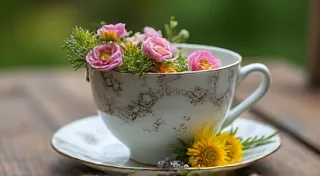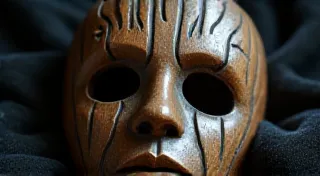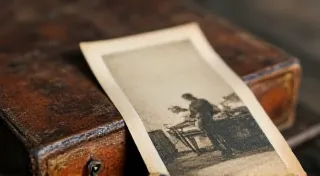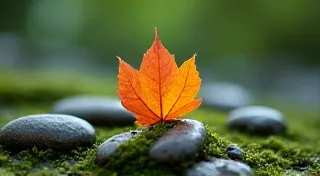The Silence Between Notes: Ritual and the Lost Voices of Instruments
Music is a universal language, yet its dialects are fiercely regional. We often celebrate the vibrant sounds of instruments – the joyous clamor of a mariachi band, the mournful wail of a Celtic fiddle, the pulsing rhythm of a gamelan orchestra. But what happens when those sounds aren’t simply entertainment? What happens when an instrument becomes a vessel, a conduit for something more profound, something intrinsically tied to ritual, to ancestry, to a spiritual connection lost to the relentless march of time?
My own fascination with this idea began with an old accordion. Not a gleaming, modern instrument, but a battered, honey-colored relic, found tucked away in my grandfather’s attic. He’s a man of few words, but the stories that accordion seemed to whisper were endless. He’d played it in his youth, accompanying folk dances at village festivals – festivals now faded into memory, rituals largely forgotten. He couldn’t explain the feeling it evoked, just that it felt… necessary. Like an obligation to remember.
The Accordion’s Lament: A European Story
The accordion, seemingly ubiquitous across Europe, carries a surprisingly complex history. It wasn’t just for celebratory dances. In many regions, particularly in Eastern Europe, accordions (and their bellows-driven cousins, the concertinas and harmoniums) played critical roles in ceremonial occasions – funerals, harvest festivals, even rites of passage marking a young person's entrance into adulthood. These weren’t casual performances; they were profound expressions of community grief, gratitude, and hope. The artistry involved in crafting instruments capable of producing such resonant sounds is a testament to a deeper understanding of how materials respond to creation - a process explored further in “The Instrument's Lexicon: Unveiling the Hidden Language of Regional Craftsmanship”.
Consider the Romanian cimbalom, a hammered dulcimer frequently paired with the accordion. In Transylvania, cimbalom players held a revered position, often accompanying the “colindători,” caroling groups who perform traditional winter songs tied to ancient pagan beliefs. The music wasn't just music; it was a protective spell, a plea for prosperity, a connection to the spirits of the land. When those traditions dwindled, the cimbalom’s voice grew quieter, its role diminished.
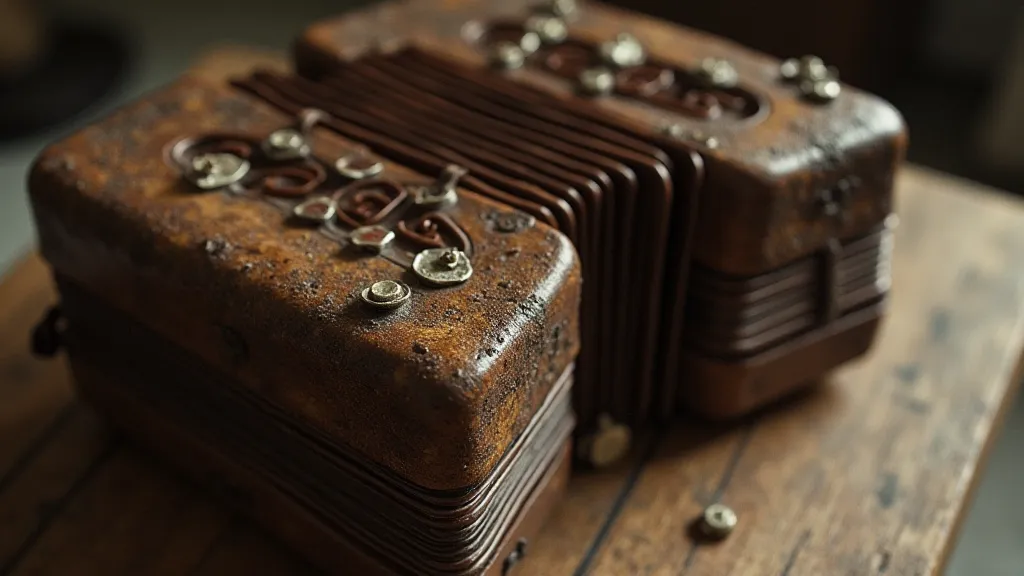
The Echoes of Shamanic Drums: Across the Pacific
The phenomenon isn't limited to Europe. Across the Pacific, in regions like Papua New Guinea and Micronesia, drums hold a similar spiritual significance. While often associated with celebratory dances, their true power lies in their use during shamanic rituals. The rhythmic pounding wasn't merely percussive; it was believed to induce trance states, facilitating communication with ancestral spirits and mediating healing. The deep, resonant vibrations themselves – and the understanding required to create an instrument capable of producing them – are intricate examples of “The Alchemy of Sound: Transforming Raw Materials into Musical Expression”.
These weren't crafted for beauty or ease of playing. They were painstakingly carved from hollowed logs, often adorned with feathers, shells, and other symbolic objects, each contributing to the ritual's efficacy. The sound itself was considered an integral part of the process – a deep, resonant vibration that could move not just bodies, but also souls. The stories attached to these instruments often passed down through families – highlighting the importance of “Guardians of Sound: The Families Who Preserve Regional Instrument Secrets”.
The Silent Strings of the Koto: Japan’s Lost Court Music
In Japan, the koto, a long zither-like instrument, once held a central role in the imperial court. Its music wasn't simply appreciated for its beauty; it was believed to possess the power to purify spaces and promote harmony. Court musicians underwent rigorous training, mastering not only technique but also the intricate rituals and philosophical underpinnings of the music.
Following the Meiji Restoration in the late 19th century, Western music and culture were aggressively promoted, often at the expense of traditional arts. While the koto still exists, the depth and complexity of its ceremonial usage have largely been lost. The silence between the notes now holds a different kind of story - one of cultural suppression and the struggle to preserve a heritage under threat. The impact of cultural shifts and migration on instrument traditions is a fascinating area of study, showcasing how instruments adapt and evolve as they travel across borders – a journey detailed in “Echoes of Migration: How Regional Instruments Adapt Across Borders.”
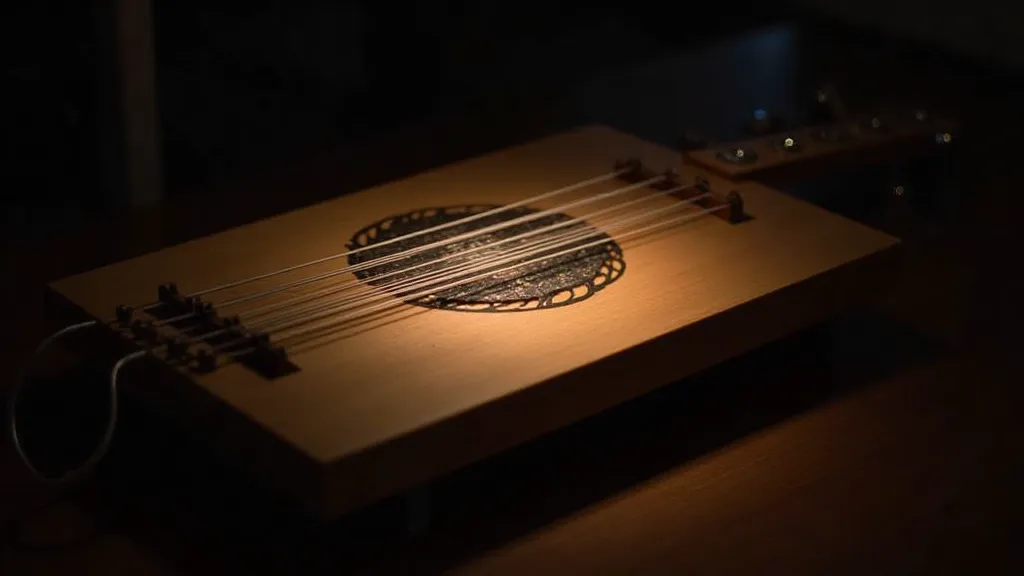
The Craftsmanship Lost: A Connection to the Makers
What’s often overlooked in these stories is the profound craftsmanship involved. These instruments weren't mass-produced. They were the product of generations of dedicated artisans, individuals who understood the spiritual significance of their work. The wood chosen, the way the bellows were constructed, the tuning of the strings – every detail was imbued with meaning.
My grandfather, examining the accordion, points out a tiny, almost imperceptible crack in the wood. “This,” he says, “wasn't a flaw. It’s a testament to the wood’s history, the changes it endured. The maker knew it was there, embraced it. It makes the sound… richer.” He then explains how the best instrument makers understand not only the physical properties of materials, but also the stories they carry—the histories etched into the grain, the echoes of the forest they once called home. This intimate connection – between the maker and the material – is a fundamental aspect of traditional craftsmanship.
The legacy of these artisans is more than just the instruments they created; it's the knowledge passed down through generations—the secrets of wood selection, bellows construction, and tuning that shaped the character of these unique instruments. This transmission of knowledge is critically important to preserving cultural heritage, and a testament to the dedication of the families who safeguard these traditions.
Understanding this connection—between the instrument, the maker, the ritual—is crucial to appreciating the true value of these objects. Many are now sought by collectors, but the drive should not solely be about acquisition. It should be about preservation, about understanding the cultural context, about keeping the stories alive.
Restoration and Remembrance: A Path Forward
Restoring these instruments isn't simply about fixing broken parts. It’s about respecting their history, their cultural significance. A purely "perfect" restoration can sometimes erase crucial details – the wear marks, the minor repairs, the subtle imperfections that tell a story. A skilled restorer will strive to preserve these traces of the past, acknowledging the instrument’s journey. A true restoration isn’t about erasing the past, but about interpreting it, understanding the lessons etched into the instrument’s very being.
For those interested in collecting, researching the instrument’s origins is paramount. Knowing where it came from, who might have played it, the rituals it participated in – these details add layers of meaning and value far beyond the monetary. It’s about tracing the instrument’s lineage, uncovering its story, and understanding its place in the cultural landscape.
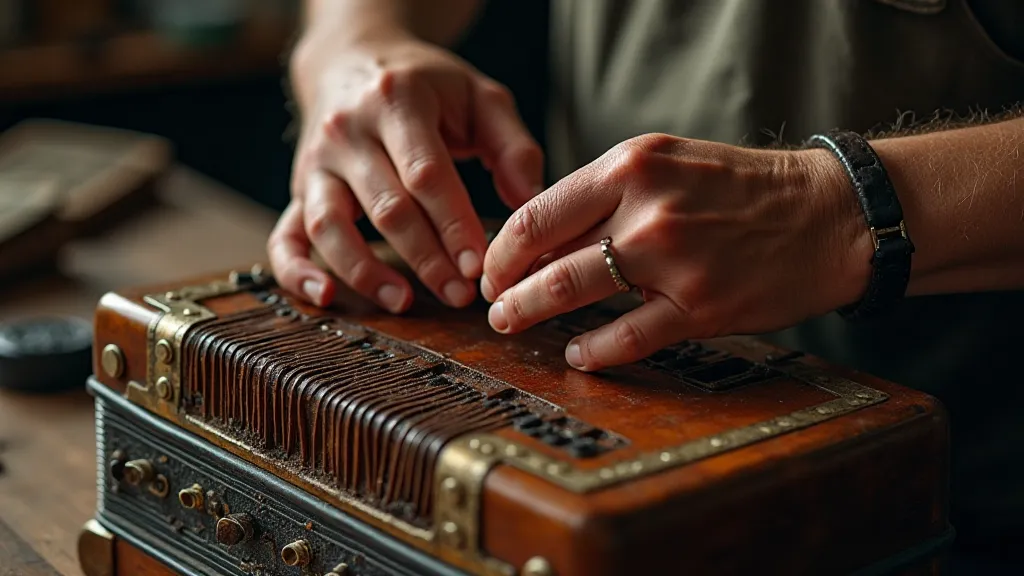
The Ongoing Legacy
The silence between notes isn’t always a sign of loss. Sometimes, it’s a space for reflection, a moment to connect with the echoes of the past. Perhaps, through careful preservation, dedicated research, and a renewed appreciation for the cultural context, we can help these instruments find their voices again, and ensure that the stories they hold continue to resonate for generations to come. My grandfather, still clutching the accordion, begins to play a slow, mournful tune – a melody he hasn't played in years. It's a conversation across time, a testament to the enduring power of music and the enduring importance of remembering. The act of playing this ancient tune itself becomes a form of remembrance, a way of reconnecting with a fading heritage, and ensuring that the stories it holds continue to be told.
The instruments themselves stand as tangible reminders of a rich and complex past—vessels that have carried the hopes, fears, and beliefs of countless generations. They are more than just musical tools; they are living archives, testaments to the ingenuity and artistry of those who came before us. As we strive to preserve them, we also preserve a vital part of our shared human experience.

